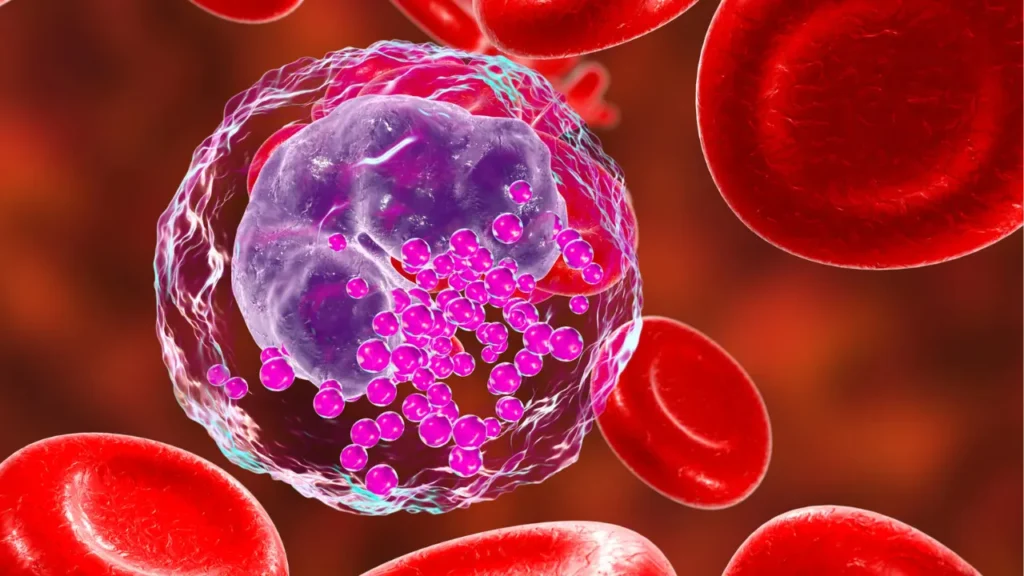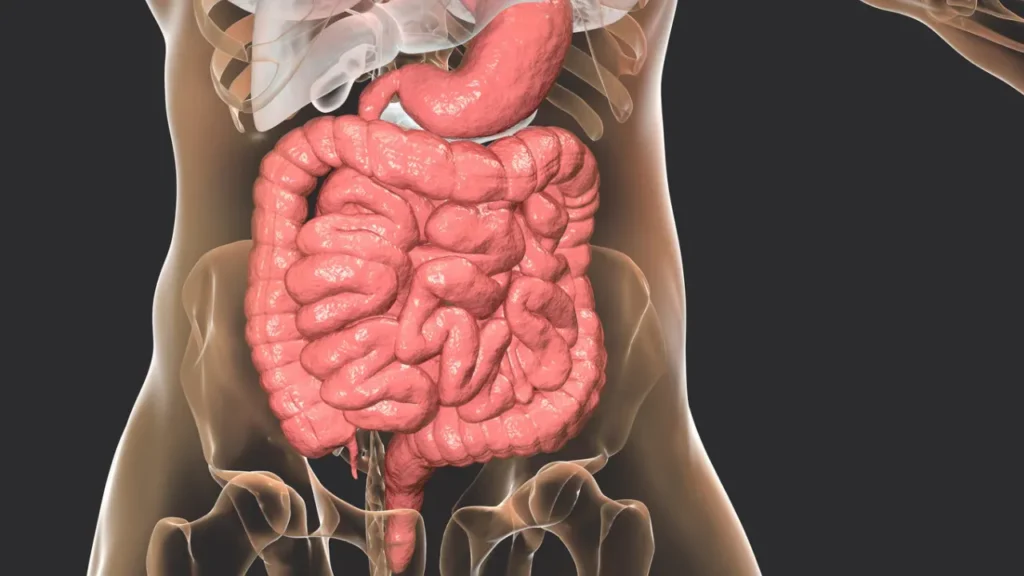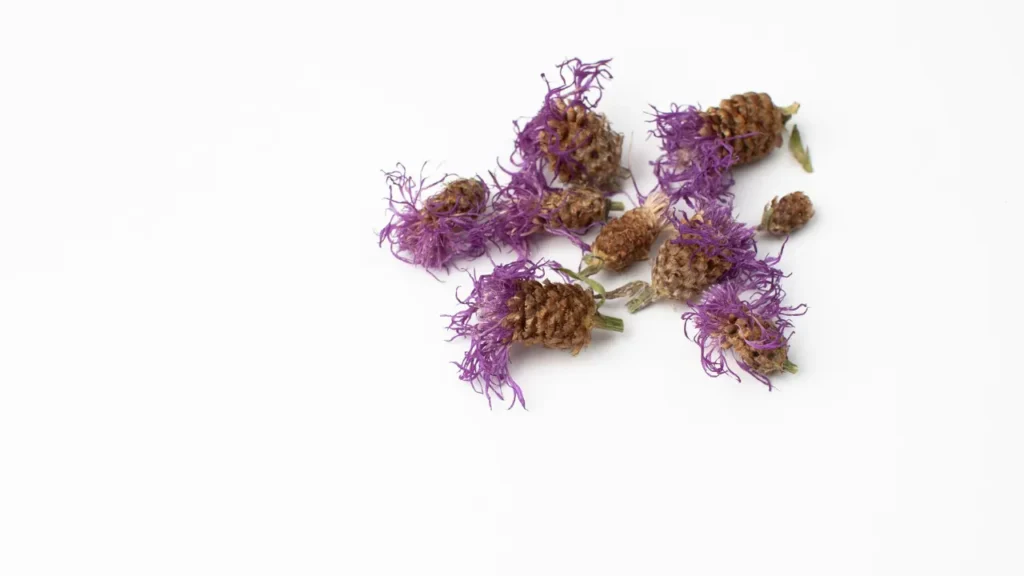Atractylodes is a genus of perennial herbs in the Asteraceae family. Several of its species are well-known for their bioactive qualities and their medicinal uses in conventional medicine. The two Atractylodes species that have been the subject of the most research and widespread application in traditional Chinese medicine (TCM) are Atractylodes macrocephala (Koidz). and Atractylodes lancea (Thunb).
Due to the purported health advantages, atractylodes has received a lot of attention lately, which has led to its widespread use as a dietary supplement. The goal of this article is to give readers a thorough understanding of the chemical components, health advantages, recommended dosage, adverse effects, possible drug interactions, and responsible use of Atractylodes, with a focus on the physiological underpinnings of this action on the body and brain.
You May Also Like:
CBD for Concentration: The Productivity Hack for Energy and Focus
Bayberry: Benefits, Dosage, Side Effects, Drug Interactions, and Other Important Information
ATRACTYLODES: Benefits, Dosage, Side Effects, Drug Interactions, And Other Important Information is an original (NootropicsPlanet) article.
Nature of Atractylodes
Atractylodes have a complex and multidimensional nature with different medicinal effects displayed by different species as a result of their unique chemical make-ups. The most popular species in traditional medicine are Attractylodes macrocephala and Attractylodes lancea, which have a wide range of bioactive substances like volatile oils, sesquiterpenoids, polysaccharides, and triterpenes. These substances support the plants’ wide range of health advantages, including improved immune function, improved digestion, and anti-inflammatory, antioxidant, and anticancer activities.
Health Benefits of Atractylodes
Traditional TCM has employed Atractylodes for a variety of therapeutic purposes. The following are a some of the most noteworthy health advantages of Atractylodes:
- Digestive Health: By controlling gastric secretion, increasing gastrointestinal motility, and exerting anti-inflammatory actions on the gastrointestinal tract, Atractylodes promote healthy gastrointestinal function. The main bioactive sesquiterpenoids, in particular atractylenolides, are what cause these effects.
- Immunological System Regulation: Attractylodes’ polysaccharides may aid in controlling the immunological response in the body. These polysaccharides stimulate macrophages, boost immune cells’ capacity to phagocytose, and modify cytokine production.
- Anti-inflammatory Effects: Due to the presence of sesquiterpenoids and triterpenes, Atractylodes possesses strong anti-inflammatory properties. These substances block the synthesis of pro-inflammatory mediators like prostaglandin E2, tumor necrosis factor-alpha, and nitric oxide, hence lowering inflammation.
- Antioxidant Functions: Atractylodes’ polysaccharide content is principally responsible for its antioxidant capabilities. These polysaccharides have the ability to scavenge free radicals, guard against oxidative damage to biological components, and boost the activity of endogenous antioxidant enzymes, such glutathione peroxidase, catalase, and superoxide dismutase. Atractylodes’ antioxidant activity contributes to its overall health advantages, including its capacity to prevent chronic diseases and advance general health.

Chemical Constituents of Atractylodes
Diverse bioactive substances, including volatile oils, sesquiterpenoids, polysaccharides, and triterpenes, are present in Attractylodes species. The main components of Atractylodes’ volatile oils, atractylon, -eudesmol, and hinesol, are what give the plant its distinctive flavor and perfume. Additionally, the medicinal actions of Attractylodes are significantly influenced by these volatile oils.
Atractylodes primarily contain sesquiterpenoids, especially atractylenolide I, II, and III. These substances have a variety of pharmacological qualities, including anti-inflammatory, immunomodulatory, and anticancer actions. Polysaccharides, which have antioxidant, anti-inflammatory, and immunomodulatory activities, are also present in Atractylodes in large proportions.
Another class of bioactive substances discovered in Atractylodes are triterpenes, which include atractylochromene, atractylochromene B, and atractylochromene C. These triterpenes have been found to have hepatoprotective, antiviral, and anti-inflammatory properties.
Physiological Mechanisms of Action
The vast range of bioactive chemicals found in Atractylodes exert its medicinal effects through a number of physiological mechanisms of action. These mechanisms include enhancing gastrointestinal motility and regulating gastric secretion to improve digestive health; altering immune function by activating immune cells and controlling cytokine production; reducing inflammation by preventing the production of pro-inflammatory mediators; displaying antioxidant properties by scavenging free radicals and increasing endogenous antioxidant enzyme activity; and showcasing anticancer propensities. Atractylodes have the potential to be a versatile and effective nutritional supplement and medicinal agent.

Optimal Dosage of Atractylodes
It is difficult to determine the ideal dosage of Atractylodes because it relies on a number of variables, including the species, the administration method (e.g., decoction, powder, or extract), and the intended therapeutic use. Atractylodes is commonly given as a decoction at a dose of 3 to 15 grammes per day in TCM. To ascertain the right dosage depending on unique needs and circumstances, it is essential to speak with a trained healthcare professional before using Atractylodes.
Side Effects and Precautions
When used as prescribed and under the supervision of a trained healthcare professional, Atractylodes are typically regarded as safe. Dizziness, allergic responses, and stomach pain are a few possible side effects that could happen. Atractylodes should be used with caution by women who are pregnant or nursing, people who are known to be allergic to plants in the Asteraceae family, and anyone who have a history of chronic digestive problems.

Potential Substance Interactions
Atractylodes may interact with immunosuppressive drugs, potentially reducing the effectiveness of those drugs due to its immunomodulatory features. When used with other herbs or substances that have anti-inflammatory or antioxidant qualities, Atractylodes may also have synergistic benefits. Before combining Atractylodes with other medications or dietary supplements, consult a healthcare provider to prevent potential interactions and ensure safe and effective use.
Responsible Usage of Atractylodes
Understanding Atractylodes’ potential health advantages, hazards, and ideal dosage are necessary for safe use as a nutritional supplement. You should also be aware of any possible drug interactions. To guarantee the quality and safety of the product, only buy Atractylodes from reliable providers. Speak with a licensed healthcare professional before using Atractylodes to establish the right dosage, timeframe, and administration method based on unique demands and situations.
ATRACTYLODES:
Conclusion
People can utilize Atractylodes wisely and maximize potential benefits while minimizing hazards by understanding the wide variety of bioactive substances and their medicinal characteristics. Atractylodes can be used safely and effectively by following the healthcare professionals’ recommendations for dosages, modes of administration, and safety measures. It’s a genus of herbs with multiple species that when consumed are beneficial for human health.
Safe and measured consumption of Atractylodes can fortify immune function, digestion, anti-inflammatory strength, antioxidant effects, and anticancer activities. Side effects are possible as well as adverse effects with some medications.

References:
- “A Comprehensive Pharmacological Review of Atractylodes Macrocephala: Traditional Uses, Phytochemistry, Pharmacokinetics, And Therapeutic Potential.” Retrieved from: https://www.sciencedirect.com/science/article/pii/S2667142524000381
- “Research and Development of Atractylodes lancea (Thunb) DC. as a Promising Candidate for Cholangiocarcinoma Chemotherapeutics.” Retrieved from: https://www.ncbi.nlm.nih.gov/pmc/articles/PMC5733893/
- “The traditional uses, phytochemistry, and pharmacology of Atractylodes macrocephala Koidz.: A review.” Retrieved from: https://europepmc.org/article/MED/30130541
- “Immunomodulatory effect of Atractylodis macrocephala Koidz. polysaccharides in vitro.” Retrieved from: https://www.sciencedirect.com/science/article/pii/S0032579123006909
Important Note: The information contained in this article is for general informational purposes only, and should not be construed as health or medical advice, nor is it intended to diagnose, prevent, treat, or cure any disease or health condition. Before embarking on any diet, fitness regimen, or program of nutritional supplementation, it is advisable to consult your healthcare professional in order to determine its safety and probable efficacy in terms of your individual state of health.
Regarding Nutritional Supplements Or Other Non-Prescription Health Products: If any nutritional supplements or other non-prescription health products are mentioned in the foregoing article, any claims or statements made about them have not been evaluated by the U.S. Food and Drug Administration, and such nutritional supplements or other health products are not intended to diagnose, treat, cure, or prevent any disease.


